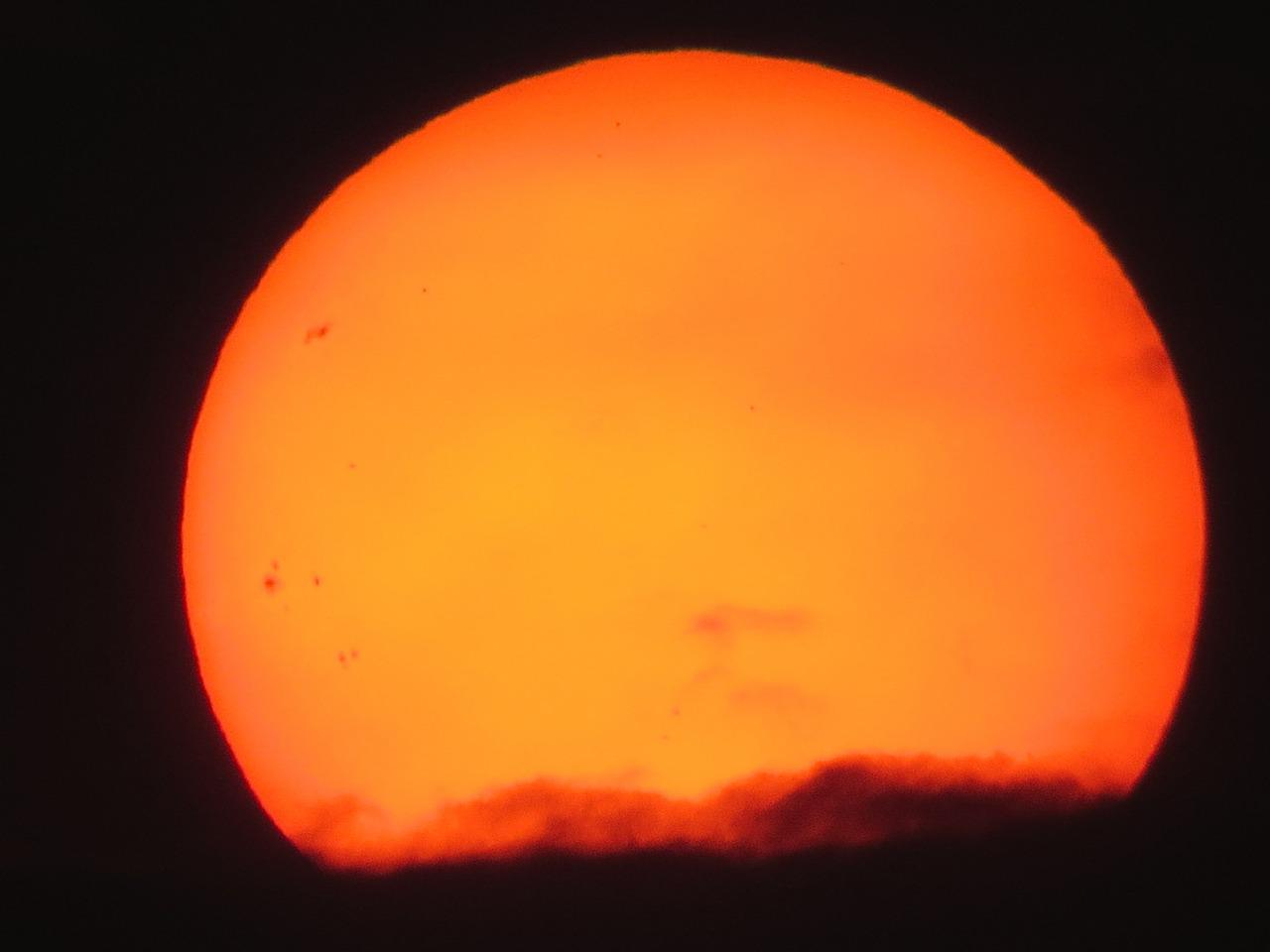A Huge Cloud Was Created In A Massive Solar Plasma Outburst

In one day, a sunspot on the other side of the sun could flip around and unleash a massive cloud of magnetized plasma on our planet. A coronal mass ejection (CME) is the name given to the explosion that occurred in the early hours of Tuesday, January 3rd, from beyond the sun’s eastern border. Keith Strong, a solar physicist, claimed on Twitter that the CME was followed by a tremendous solar flare that lasted for an unprecedented six hours.
CME-WATCH – 2023.01.03: As predicted the large flare behind the east limb (see earlier tweets) produced a very large, violent and rapid CME. There is a second spectacular event, albeit slower, but off the southwest limb right at the end of the video. pic.twitter.com/bobunGdhFW
— Keith Strong (@drkstrong) January 4, 2023
Even though neither the flare nor the CME was aimed at Earth, researchers warn that the sunspot responsible for both is now facing Earth due to the sun’s rotation. When compared to the remainder of the sun’s disk, the temperature of a sunspot is lower, and its magnetic field lines are more complex and densely packed in that area, making it seem darker. Sunspots produce solar flares—explosive bursts of light and coronal mass ejections (CMEs)—when magnetic field lines in their vicinity break. At the speed of light, solar flares may reach Earth in as little as eight minutes if they are aimed in our direction.
However, CMEs travel at a slower rate across space and often arrive within two to three days. Radio communications on Earth may be temporarily interrupted by solar flares with little to no notice, but CMEs are the real threat. When CMEs’ magnetized plasma collides with Earth’s magnetic field, it may interrupt GPS systems, destabilize satellites, and cause power outages. However, the enchanting polar lights shows, sometimes known as auroras, are caused by these interactions as well. Both the Solar and Heliospheric Observatory mission (SOHO) of the European Space Agency and NASA’s Solar Dynamics Observatory picked up yesterday’s flare and CME.
According to Space Weather, the data led scientists to conclude that the sunspot or active zone responsible for the bursts would soon relocate to the Earth-facing section of the sun’s disk. It’s possible that solar experts are familiar with the active area in question. The sunspot AR3163, which was bigger than Earth when it crossed the solar disk in December, faded from view around two weeks ago. It is now anticipated that this sunspot will reappear, and experts are speculating that it may have risen in strength since we last saw it.
0 comments